The day finally came for me to confront my fear of putting together my camera equipment. For the past two months I have been dragging a suitcase full of lenses, arms, adaptors, batteries and all sorts of bits and pieces clueless of what I am carrying and scared that if I attempted to assemble the pieces together I would break or lose something. But when the opportunity to participate in this year’s Digital Shootout came, I knew it was time to get over my ridiculous fear and open this underwater treasure.

Digital Shootout is an event unlike any other I have seen or heard of. Put together by a lovely group of people from different companies and organizations, the two-week program sets the scene for a trip exquisitely designed to immerse yourself in underwater photography and videography. Aside from taking place in a resort-style hub that offers you the opportunity to dive 24/7, it hosts a series of lectures, workshops and activities that guide you in reaching your camera goals whether you are completely new, like myself, or have been in the industry for years.
The most fascinating thing about shooting underwater is that light behaves differently than on land, meaning that no matter how automatic technology has made this practice, mastering it requires you to become a better observer and learn about white balance, exposure, contrast, composition and natural and artificial lighting; components that revive video & photo as true forms of art. But technology has also enhanced the potential of image processing, and understanding how powerful computerized tools can be for enriching the image’s final product takes underwater photography to the next level.
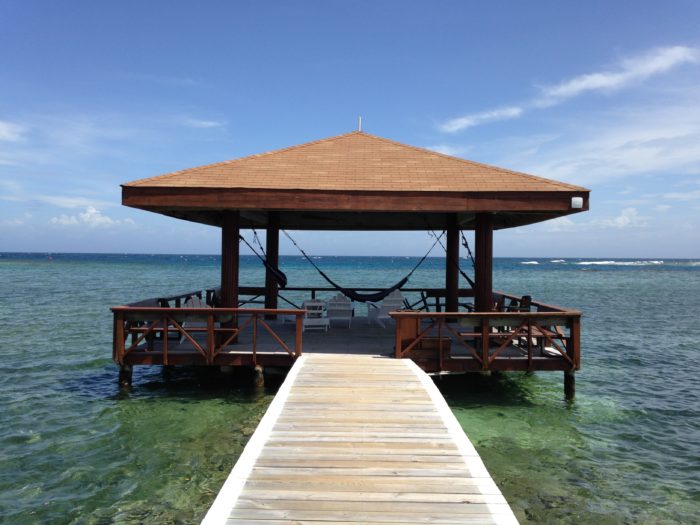
So when you have a group of top-notch photographers, gear experts and a public merging together in their passion for the sport, the Digital Shootout becomes the platform of excellence for anyone who dreams to learn about shooting underwater. And when the island of Roatán in Honduras becomes the designated hub for the event, you know that you are in for one heck of a treat.
But first things first – I needed to open that suitcase. Lucky for me, Todd Winner and Hergen Spalink who were there representing Nauticam, literally took me by the hand and showed me piece by piece, setting by setting, how an underwater rig is set up. After a couple of practice rounds assembling and disassembling my new toy I felt like I was ready to dip in the water.
Using a camera underwater is hard work. You need to pay attention to light, understand your subject, discriminate between lenses, switch around strobes and keep your buoyancy right! For a noob like myself, it was crazy to play with swapping cameras underwater with your buddy and feel instantly the push or pull in the water column.
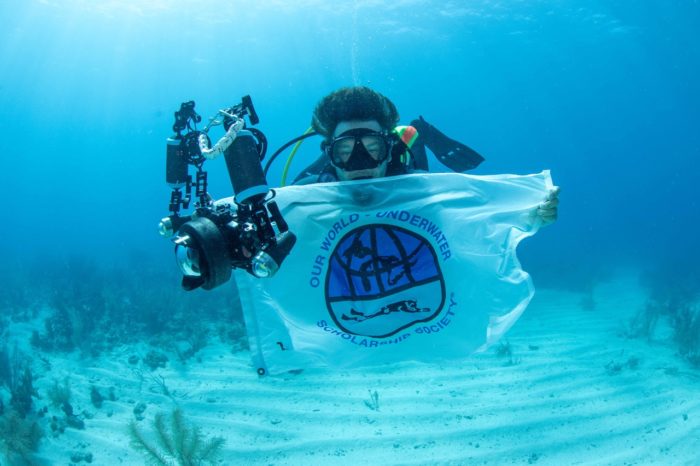
And I thought my rig was massive– some cameras are actually monstrous.

My week kicks off with a jaw-dropping shark dive. We had around 20 Caribbean sharks swimming around us, hovering above big groupers and schools of fish. The show was absolutely spectacular and trying to focus on one shark was definitely a challenge.
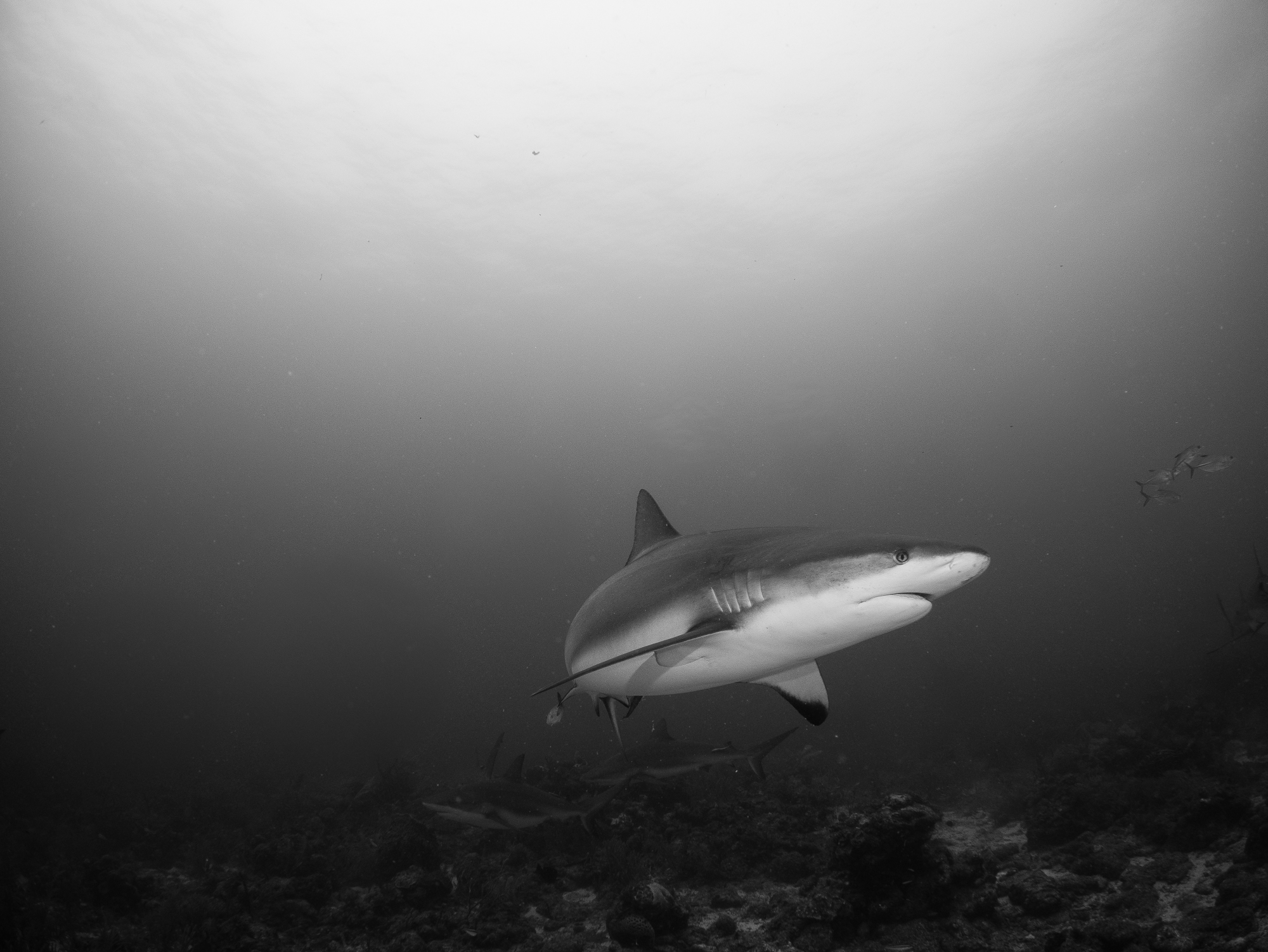
Next up was a scavenger hunt for macro, to find all the little creatures with the incentive of getting that one super crisp and sharp shot.
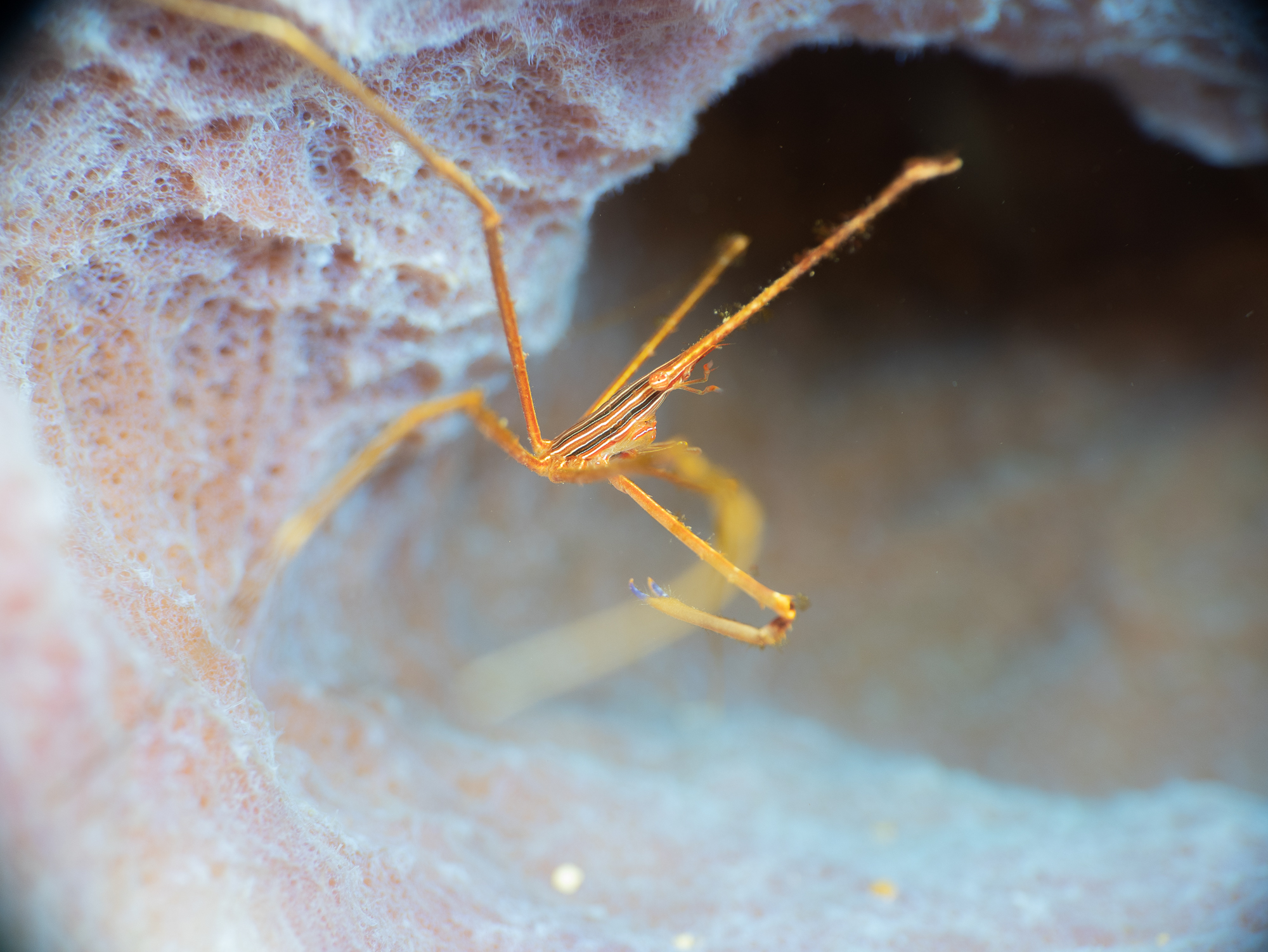
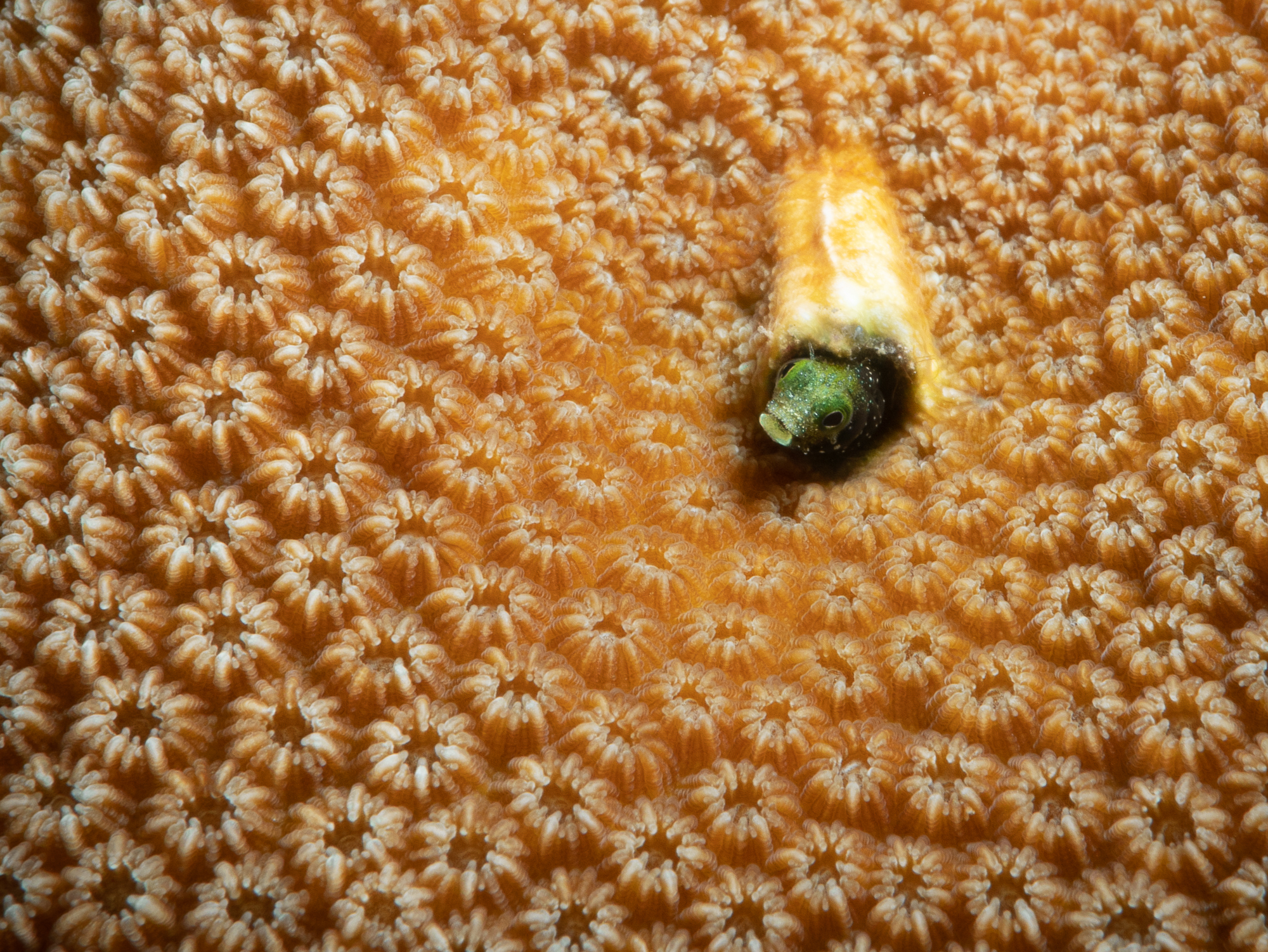
We also had the chance to play around some wrecks, which offered a great setting to explore the use of contrast and exposure.
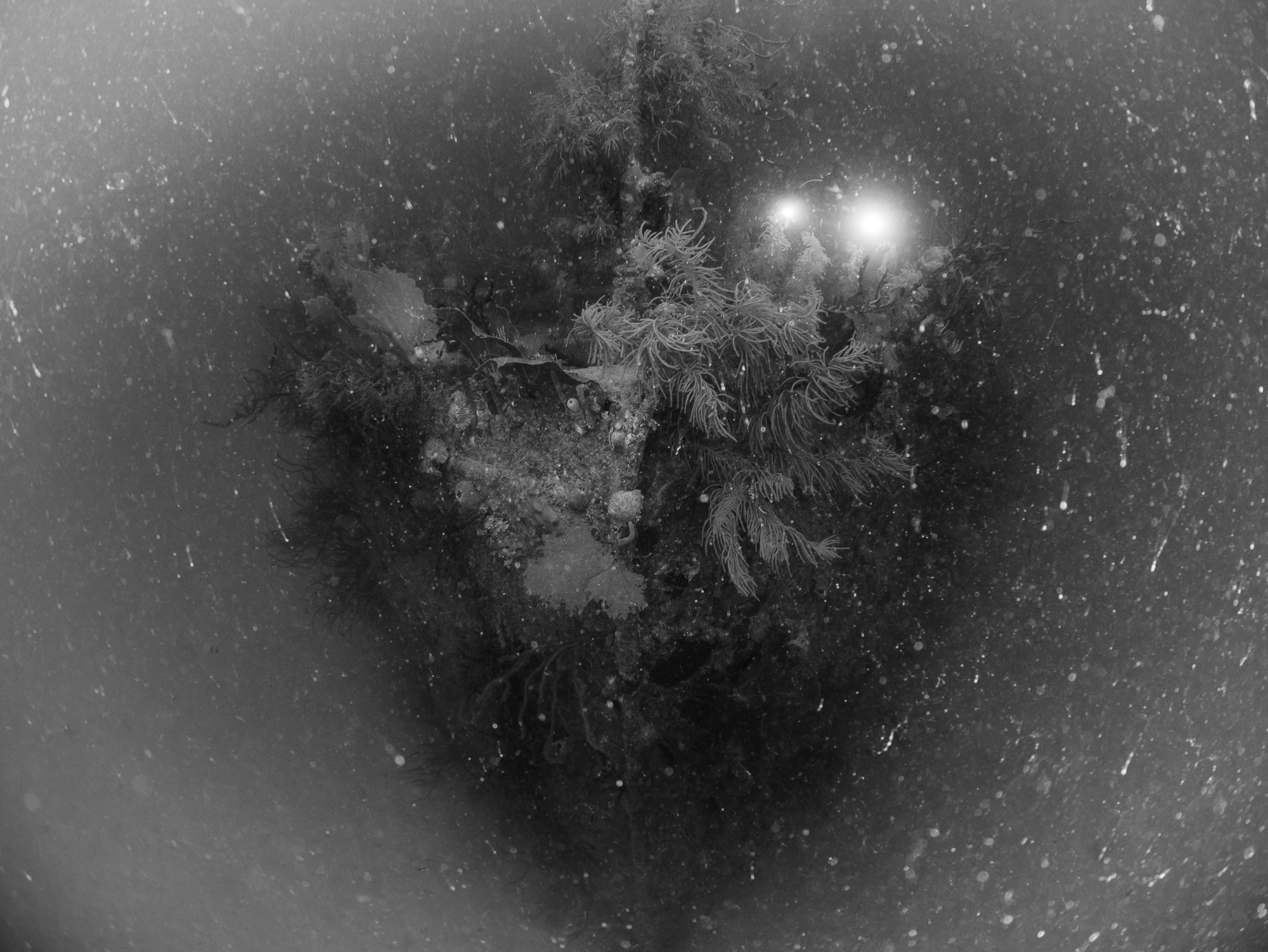
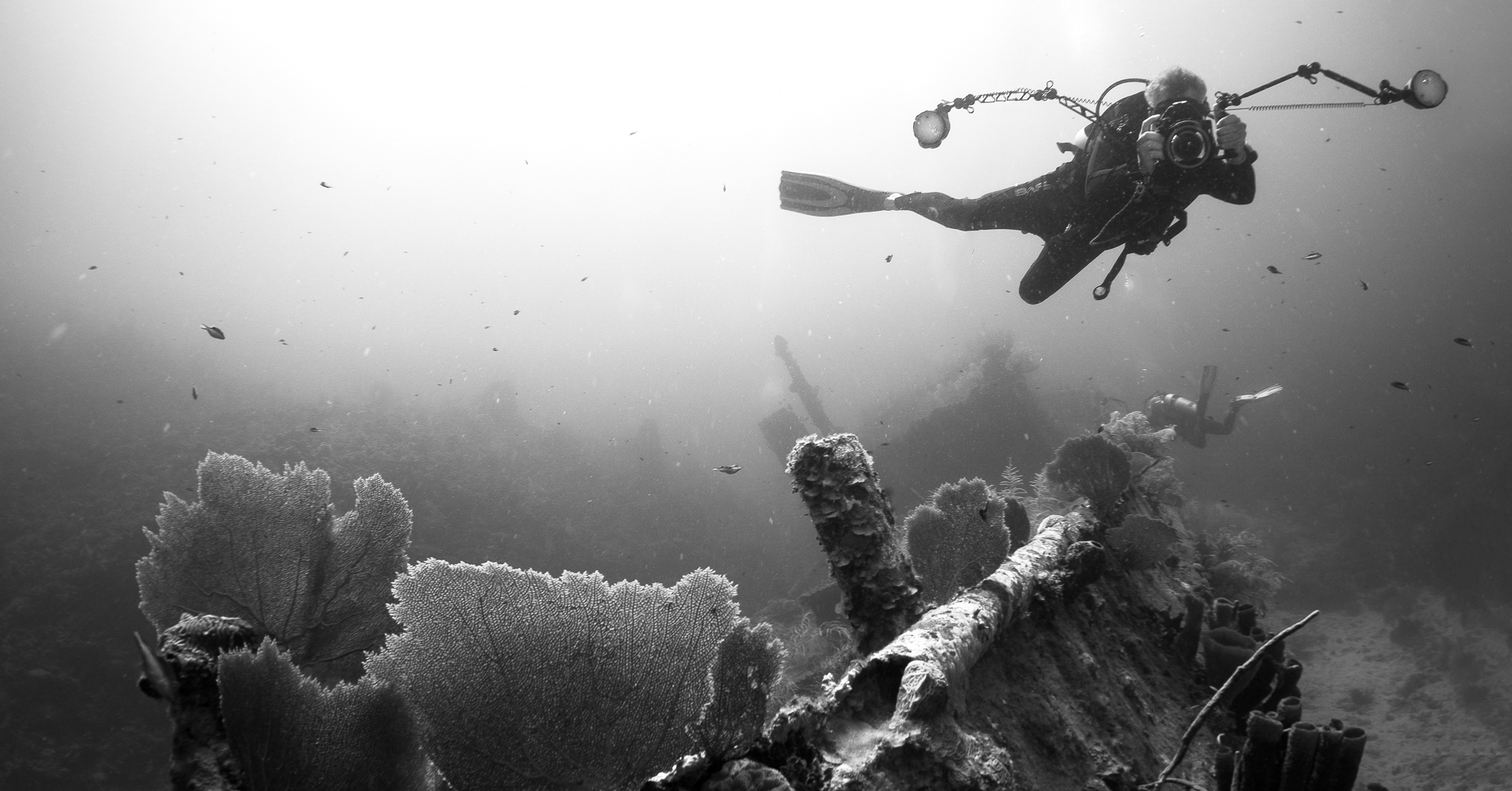
But some of my favourite dives were those where I just practiced using natural lighting and tried to portray the dreamy landscapes that make our underwater world so breathtaking.
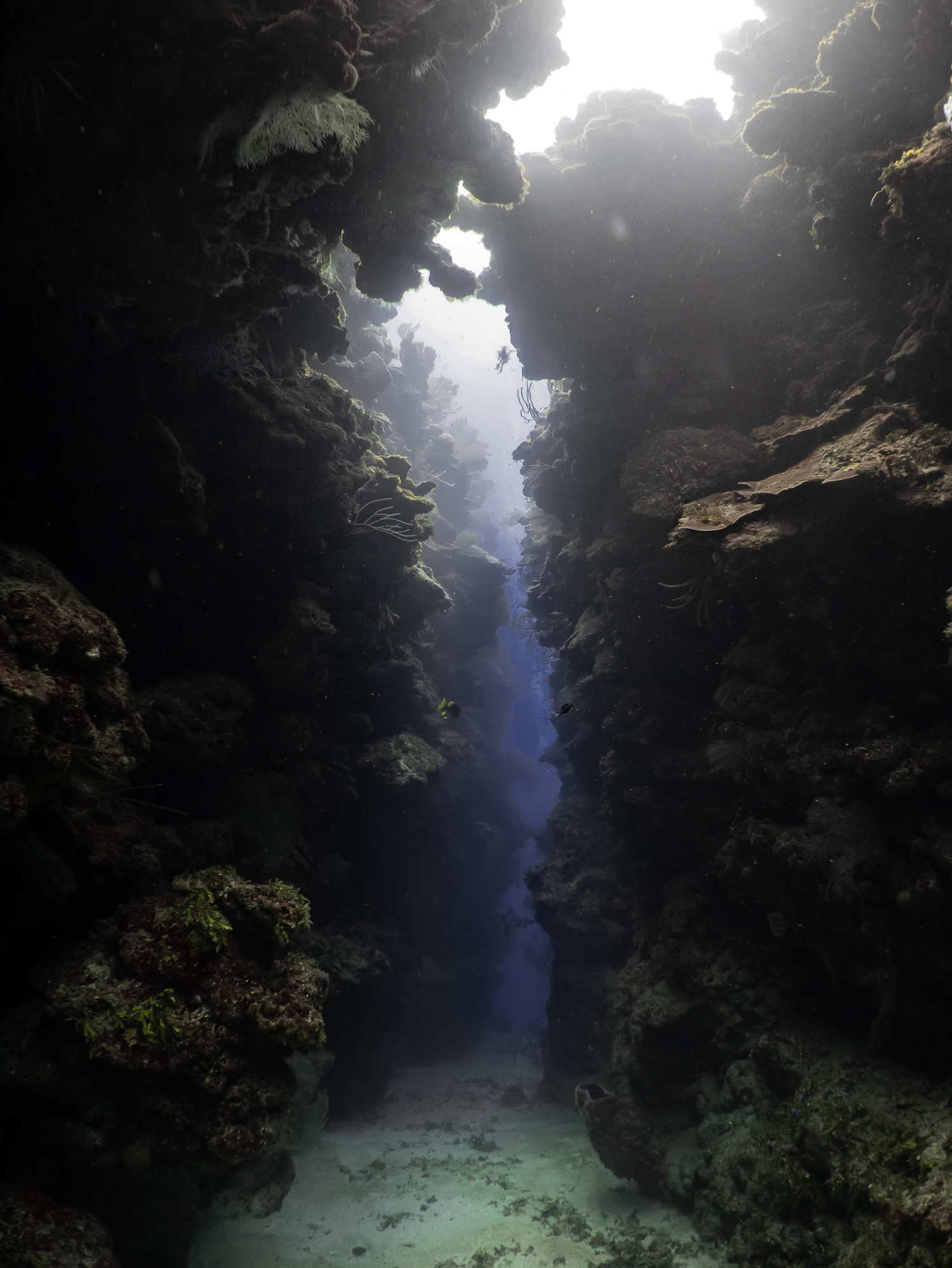
And on top of everything I had the chance to experiment with split shots, where you try to capture half of an image under the water line and the other above. So after hundreds of tries I think I found one that wasn’t at all too bad.
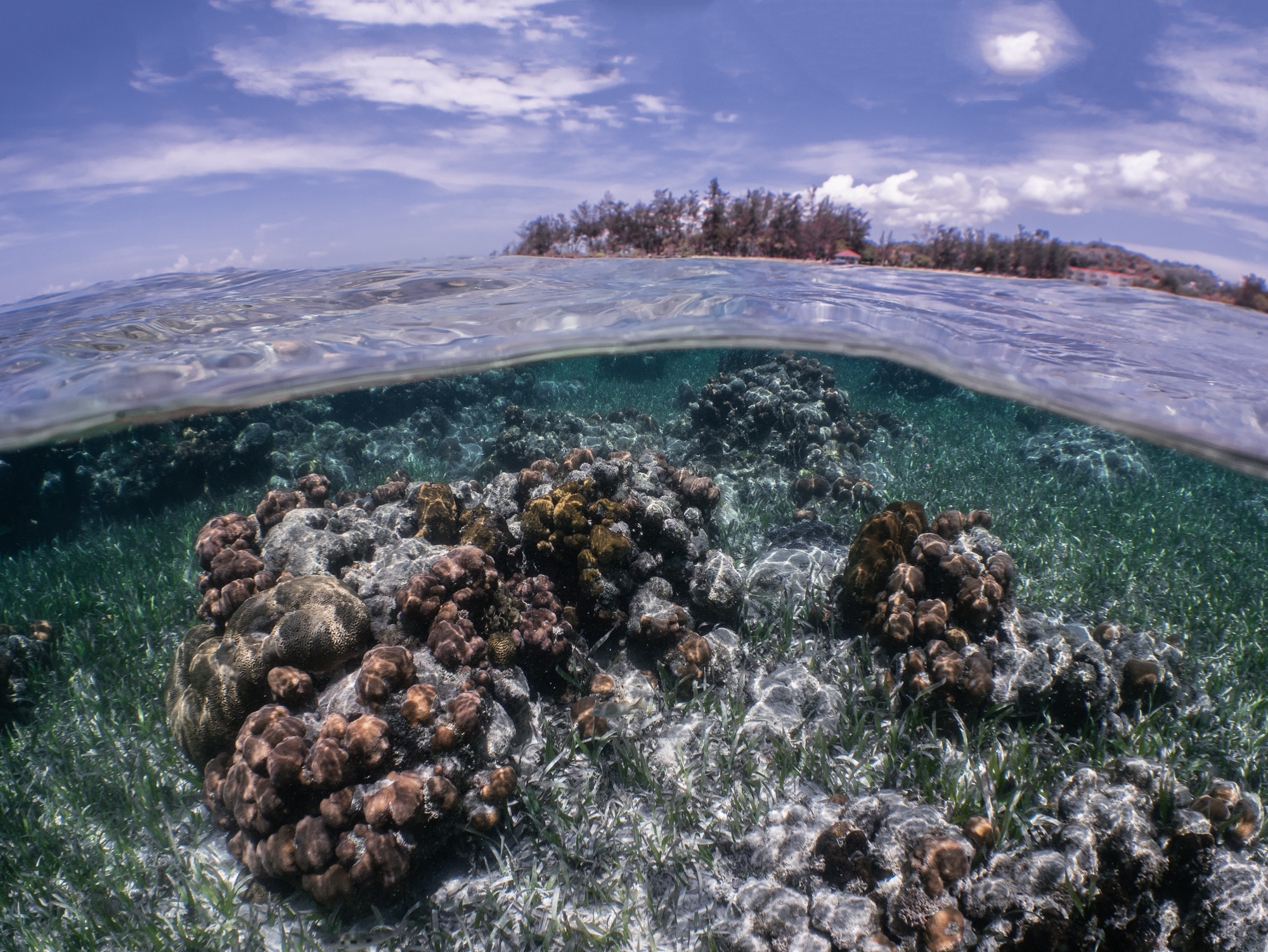
Though as magnificent as these dives were, the real highlight was definitely attending the lecture series and workshops, learning from the masters Berkley White, Erin Quigley, Jim Decker, Cristian Dimitrius, Stefan Shulz, Jeff Honda and Dylan Silver.
So a huge thank you to everyone making all of this possible!

Backscatter Underwater Video & Photo
Apúntale a las estrellas, las estrellas de mar.
Finalmente me llegó el día de perderle el miedo a ensamblar mi equipo fotográfico. Durante dos meses he estado arrastrando una maleta llena de lentes, brazos, adaptadores, baterías, todo tipo de piezas y partes, sin tener idea de lo que cargaba y temeroso de perder algo o romperlo al armar el equipo. Pero cuando se presentó la oportunidad de participar en el “Digital Shootout” de este año, supe que era el momento de enfrentar mis miedos y abrir este tesoro subacuático.

Digital Shootout es un evento diferente a cualquier otro que haya visto o escuchado. Montado por un grupo de gente muy dispuesta de diferentes compañías y organizaciones, este programa de dos semanas te pone un escenario exquisitamente diseñado para sumergirte en la fotografía y video submarinas. Además de llevarse a cabo en un centro tipo “resort” que te permite bucear 24/7, ofrece una serie de conferencias, talleres y actividades que te guían para alcanzar tus objetivos fotográficos, ya seas un aprendiz novato, como yo, o hayas estado en la industria fotográfica por años.
Lo más fascinante de fotografiar bajo el agua, es que la luz se comporta diferente que en la tierra, no importa cuán automatizada esté la tecnología, para dominar esta práctica, tienes que ser mejor observador y aprender sobre el balance de blancos, exposición, contraste, composición e iluminación tanto natural como artificial; componentes que reviven la foto y video como verdaderas formas de arte. Sin embargo la tecnología también ha mejorado el potencial de procesamiento de imágenes. El entender lo poderoso que pueden ser las herramientas computarizadas para enriquecer el producto final de la imagen, lleva a la fotografía submarina al siguiente nivel.

Así, cuando cuentas con un grupo de fotógrafos de primera, expertos en equipo y un público que se unen en su pasión por el deporte, “Digital Shootout” se vuelve la plataforma de excelencia para cualquiera que sueñe con aprender a fotografiar bajo el agua. Y cuando la isla de Roatán en Honduras es el centro designado para el evento, sabes que será una experiencia fenomenal. Pero primero, lo primero- necesitaba abrir ese maletín. Por suerte, Todd Winner y Hergen Spalink quienes acudieron representando a Nauticam, literalmente me llevaron de la mano y me mostraron pieza por pieza, ajuste por ajuste, cómo se prepara un aparejo submarino como el que llevaba arrastrando. Después de practicar armar y desarmar mi nuevo juguete, me sentí listo para entrar al agua.
Usar una cámara bajo el agua no es tarea fácil. Necesitas poner atención a la luz, entender tu tema, diferenciar los lentes, cambiar de luces a estrobos ¡y mantener la flotación correcta! Para un novato como yo, fue una locura jugar a intercambiar cámaras bajo el agua con mi compañero y de inmediato sentir el empuje o la succión de la columna de agua.

Y yo que creía que mi cámara era enorme- algunas cámaras, son realmente monstruosas..

Mi semana comienza con una impresionante inmersión con tiburones. Teníamos alrededor de 20 tiburones caribeños nadando entre nosotros, flotando sobre grandes meros y bancos de peces. El show estuvo espectacular, y tratar de enfocarse en un tiburón fue definitivamente retador.

Lo que seguía era una búsqueda para la toma perfecta del lente macro, a encontrar todas las pequeñas criaturas con el incentivo de lograr esa toma súper clara y nítida.


También tuvimos oportunidad de jugar entre barcos hundidos, que ofrecían un excelente escenario para explorar el uso del contraste y la exposición.


Sin embargo, algunos de mis buceos favoritos fueron practicando con luz natural, tratando de captar los paisajes de ensueño que hacen a nuestro mundo submarino tan asombroso.

Y además de todo, tuve oportunidad de experimentar con tomas cortadas, en donde se trata de capturar la mitad de la imagen bajo el agua, la línea del nivel del agua, y la otra mitad por encima del agua. Después de cientos de intentos, creo que encontré uno que no salió tan mal.

Con todo y lo magnífico de estos buceos, la nota culminante fue asistir a la serie de conferencias y talleres, aprendiendo de los maestros Berkley White, Erin Quigley, Jim Decker, Cristian Dimitrius, Stefan Shulz, Jeff Honda y Dylan Silver.
¡Así que mil gracias a todos aquellos que hicieron esto posible!
